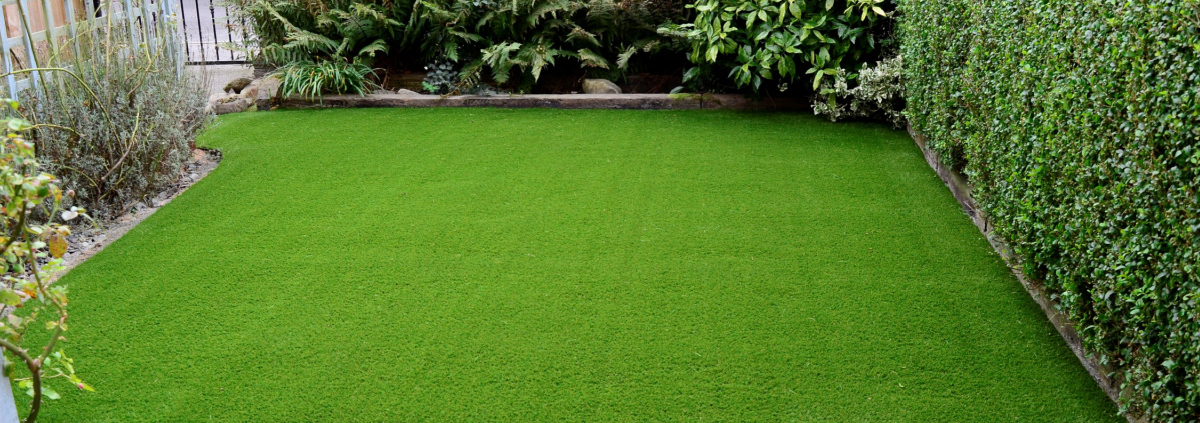Tips For Preventing Drainage Issues With Artificial Grass
Artificial turf is a low-maintenance alternative to natural turf grasses typically used in residential and commercial landscapes. When high-quality, state-of-the-art synthetic grass is manufactured and installed by a professional custom turf company, the result is a beautiful and easily maintained ground covering. Professional installation is the key to being 100% satisfied for years to come with your artificial grass. Your custom turf company will ensure that your property is prepared and the turf is installed correctly. The synthetic grass and the grit sand under it drain water fast and effectively unless there are unforeseen or newly arising issues with your property drainage.
Custom turf companies use specific tools and techniques to prepare the ground space for the synthetic turf grass so that your property drains appropriately and the turf remains in place and in good shape over time. Poor drainage can lead to many issues with your artificial turf, including damp patches, uneven and lumpy base, and premature repair or replacement. When the ground stays wet, it will give algae, moss, and other wildlife a chance to flourish, which can also cause damage to your synthetic grass. To ensure your artificial turf stays beautiful and intact, you can avoid water damage by using these techniques to help your property drain properly.
Don’t Install Artificial Turf Grass On A Non-Permeable Base
Artificial grass laid over a non-permeable base will not allow the water to drain, and it will take a long time to dry. For optimum drainage, only install artificial turf over grit sand. Surfaces like concrete, tarpaulin, decking, and paving slabs are not suitable bases for synthetic grass and will cause the turf to become damaged quickly.
French Drains For Rainwater Management
French drains, or ditches, offer excellent drainage systems capable of handling large volumes of water. A french drain can be installed on a downward slope of one degree or more to drain water effectively. This system includes placing a perforated pipe inside the trench, filling the space with gravel, then covering it with a permeable landscaping membrane and soil. The French drain allows the water to escape and seep deep below the ground’s surface.
Ground Elevation Is A Key Factor For Drainage
Ground elevation is a primary component in how your property drains. While elevating your artificial grass to avoid pooling water may seem complicated, it effectively improves drainage issues. Water will always flow to the lowest point, so if you only elevate to the lowest point, water will find a new low point. The solution could be installing drains in your artificial turf to draw the water to designated points. Your custom turf installer will help you determine the best course of action for your space.
Keep Your Artificial Grass Dry And Beautiful
Artificial grass is a beautiful way to make your yard lush and green all year without having the upkeep of natural turf grass. Before you purchase synthetic grass for your home or commercial space, consult with a custom turf company about your property’s drainage and what needs to be done to ensure your artificial turf stays dry and free from damage for years to come.



